August 16 - 22, 2020: Issue 462
75 Years Since The End Of The Second World War: Honouring Three Local Ladies Who Served - Dorothy Curtis, Mavis Wheeler, Eugenie Allen
75 Years Since The End Of The Second World War
VP Day, on August 15th, commemorates the end of WWII. This year August 15th marked the 75th anniversary of the end of the Second World War, also known as Victory in the Pacific Day. This opportunity for the Australian community to publicly acknowledge the service and sacrifice of veterans of the Second World War, and also recognise the contribution made by all Australians, has been responded to by our community in a series of tributes published online and through sending messages to our Veterans. More than 12,000 veterans of the Second World War are still with us today.
Around 20 years had passed since the end of the First World War and during those two decades our country endured significant challenges, from losing 60,000 men, caring for the many thousands that came back, the Great Depression and at times, vast unemployment that saw camps set up all along our beaches where people could at least fish to feed their families.
The Second World War changed and shaped our nation forever — redefining aspects of the economic, domestic and international relations landscape, and influencing social issues such as female employment and Indigenous service.
Almost one million Australians served during the Second World War, fighting in theatres of war across the globe, from Europe and the Middle East through South East Asia to the Pacific. Keep in mind, this was at a time when the total population of Australia was around 7 million.
Over 39,000 died and some 30,000 Australian service men and women were made prisoners of war. Most of those taken prisoner were captured by the Japanese during their advance and capture of Singapore in early 1942. While many Australians who were prisoners of war of Germany had a strong chance of returning home at the end of the war, over one-third of prisoners of the Japanese died in captivity.
Australian women played a vital role, serving as nurses overseas, in auxiliary services in Australia and overseas and as workers throughout the war, maintaining our agricultural and manufacturing interests at home.
''We should never forget that this was a war not only fought on foreign lands, but one that came to the Australian mainland. From air raids on Darwin, Broome and across Northern Australia, to midget submarine attacks on Sydney Harbour, there were hundreds of Australians killed.' 'The Hon Darren Chester MP, Minister for Veterans' Affairs, said this week
''The fear of an all-out attack on Australia by Japanese forces was very real.
Australia’s armed forces employed Aboriginal and Torres Strait Islander people in de-facto units to carry out reconnaissance of the northern Australian coastline, where they assisted locating Japanese and Allied aircraft crash sites.
The understanding and connection to country that the Aboriginal and Torres Strait Islander people had proved to be of great benefit in the defence of the Australian mainland and islands to the north.
And we should never forget the powerful bonds created with our neighbours in the Pacific, particularly on the Kokoda Track where Australians were supported by the locals of Papua New Guinea who carried supplies forward and transported seriously wounded and sick Australian soldiers to safety.
Their compassion and care earned them admiration and respect from the Australians, who dubbed these men their ‘fuzzy wuzzy angels’.
I encourage all Australians to seize the opportunity to talk to any relative, friend or neighbour who lived through the Second World War to share the experiences and stories of this great generation and to say ‘thank you for your service’.'' Mr. Chester said.
Honouring Our World War Two Veterans
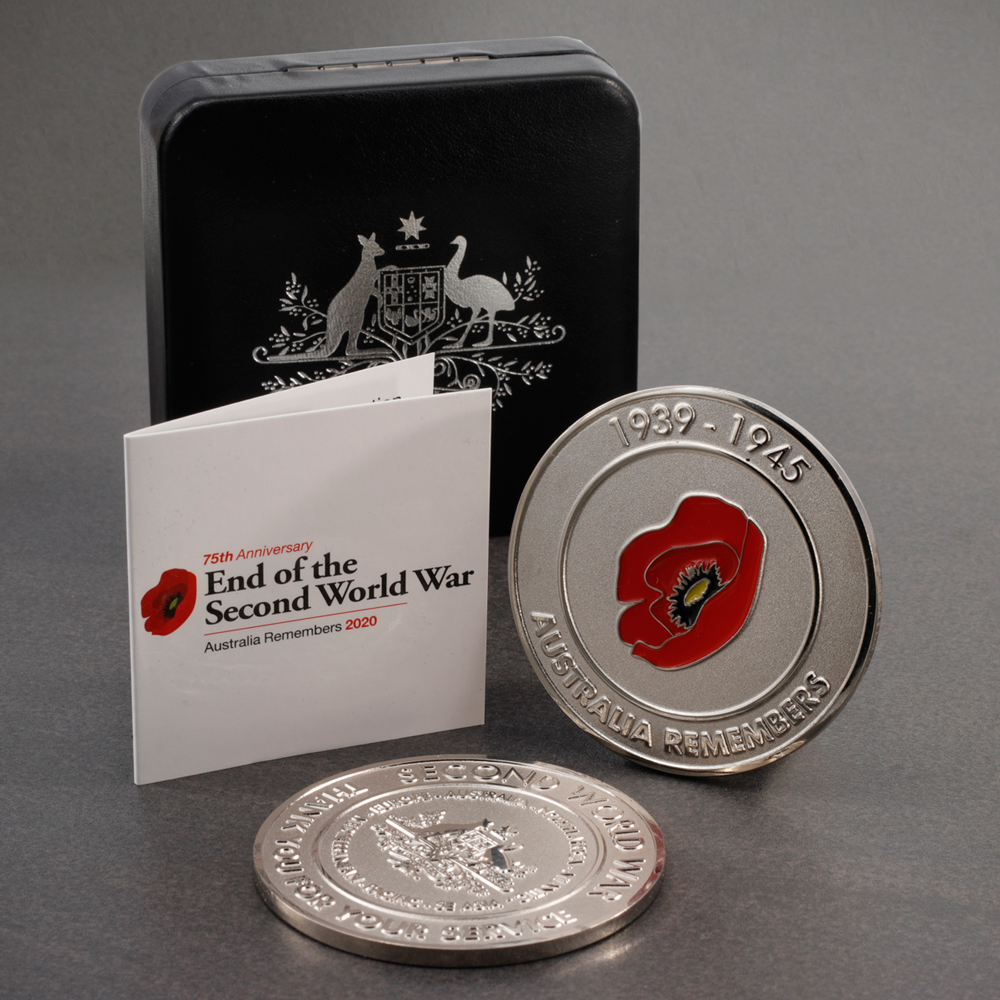
NSW Honours 75th VP Day Anniversary
Dorothy Curtis
Private, Australian Women’s Army Service (AWAS)
“You have to protect your country and your families. If it happened again, I would have to join up again."
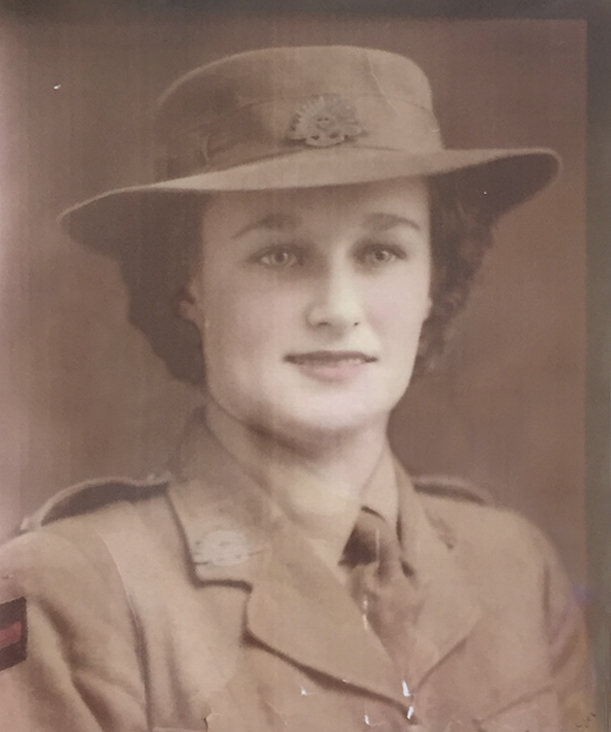 Dorothy “Topsy” Turvey enlisted in the army two weeks after her 18th birthday, in the middle of World War II. Dorothy was from Newcastle and her first visit to Sydney was to join up.
Dorothy “Topsy” Turvey enlisted in the army two weeks after her 18th birthday, in the middle of World War II. Dorothy was from Newcastle and her first visit to Sydney was to join up.
“I’m an Aussie and I wanted to be part of it. My dad was in Gallipoli. I had a brother in the army and my sister was a nurse.
We had six weeks’ training at Ingleburn Army Camp. I learnt how to use a rifle. They were learning from us too. They wanted to see how our brains worked. What we were capable of. Then they sent you where they thought you were suited.
I was sent to the Coastal Artillery and my first assignment was the Cape Banks Army Station at La Perouse. I spent nine months at battery headquarters in the underground plotting room.
We had an enormous plotting table that showed the outline of the coast. We would get information from the Army outposts to chart the course of ships on the plotting table. We had to make sure they were our ships and not Japanese ships."
“Before I joined the army, Japanese submarines came into Sydney Harbour and sank a ship killing 21 men.
“The Japanese were also flying air raids over Darwin. We had 9.2 inch guns in Darwin but the Japanese came in under the trajectory of the guns.”
“We had to monitor ship movements all day. Sometimes you would have a 6am start and sometimes you would work from midnight till 6am. I was on the switchboard and on the battery observation post.”
“We slept in long huts with metal lockers by the bedside. There were no showers in the huts. It was roughing it a bit, but who cares.
“We had to keep our huts neat and tidy. I remember one day when this rather proper English officer was inspecting our hut. The room was spotless but he was trying to catch us out. He opened a locker and a packet of Modess pads fell out. He was so embarrassed. That taught him not to open women’s lockers.”
“I made a lot of friends in the Coastal Artillery. They were caring friends. We had monthly reunions in town until they died. We were always there for each other.”
“I met my husband during the last year of the war. We were engaged after six weeks and we got married before the end of the war. The wedding dress I wore had been worn three times before and I was told to pass it on after my wedding. My family pooled their coupons for a going away outfit.”
“For the whole period of the war, I wore my uniform. Even at the dances at La Perouse, we wore our service uniforms.”
“Three months before the end of the war, I was transferred to the Ordnance in Scone. I was looking after uniforms.”
“We slept in tents, and one night our tent blew right off. We slept the rest of the night in the rec hut.”
Dorothy was back in Sydney working in Ordnance when Prime Minister Ben Chifley announced the end of World War II on Wednesday 15 August 1945.
“The day the war ended it was ‘hip hip hooray’. I remember going into the city with my friends. We went berserk. People were dancing in the city. Sydney went mad
How stupid war is, but you have to protect your country and your families. If it happened again, I would have to join up again. At 95, I would join up to protect my country, family, loved ones.”
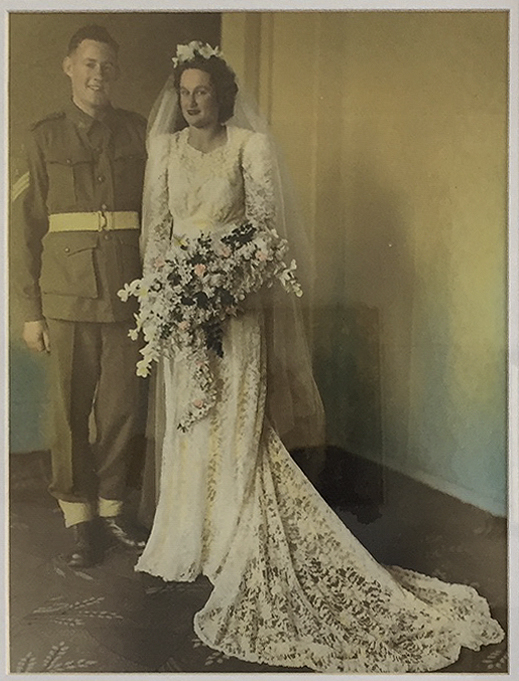
Dorothy on her wedding day
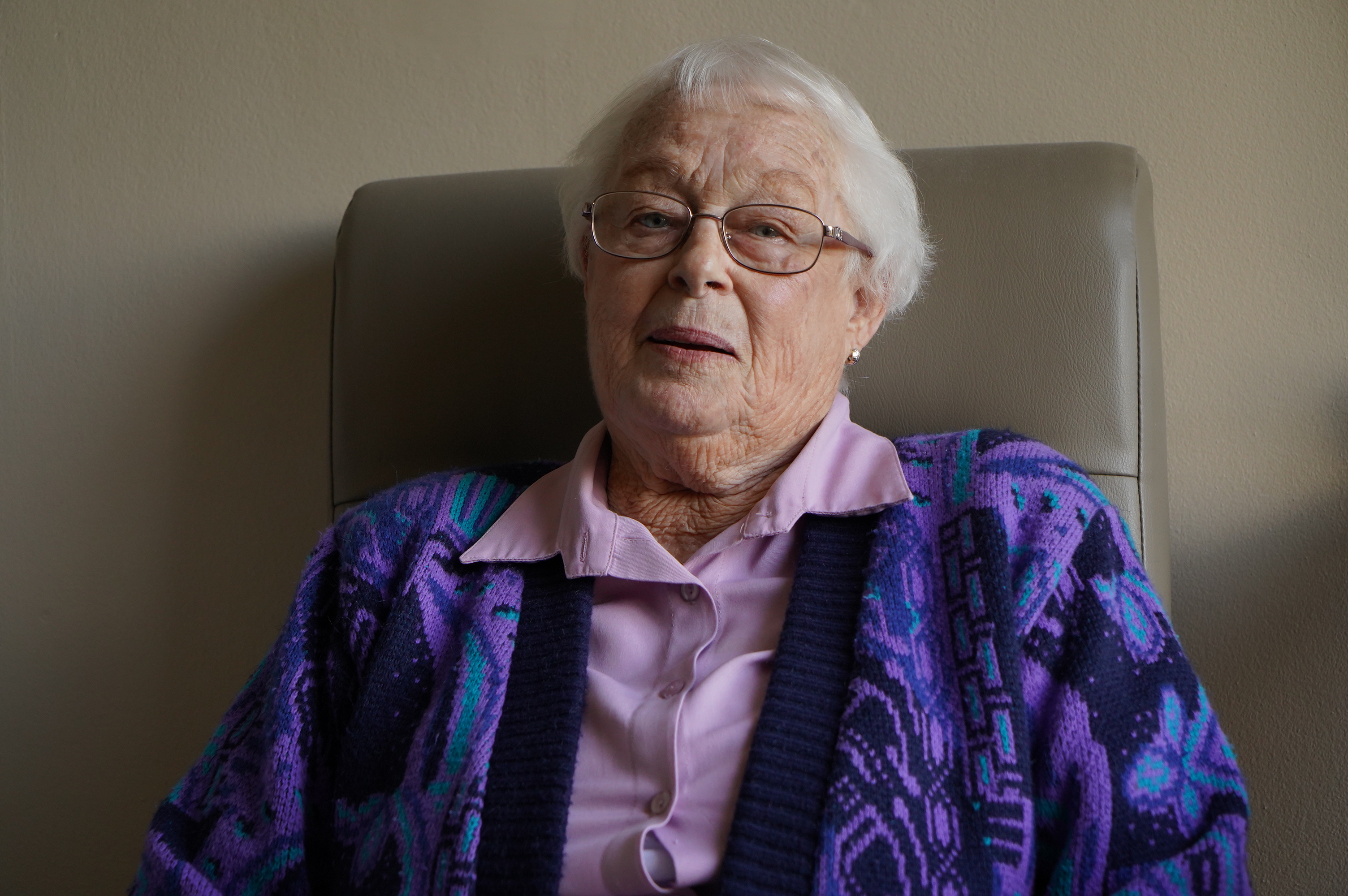
Dorothy Curtis today - with relatives still living in our area, her Service forms part of our present.
Licensed under Creative Commons Attribution 4.0+, from Register of War Memorials in NSW, 75TH ANNIVERSARY STORIES - NSW Government Department of Veteran Affairs.
Also available: Pittwater's Midget Submarine M24 War Grave Renews Memories Of 75 Years Ago
Mavis Wheeler
Cipher, Signals Corps, Australian Women’s Auxiliary Air Force (WAAAF)
"We women wanted to be seen as capable as men of doing many things."
Mavis Wheeler is never far from a dictionary.
She's a person who loves words, loves reading, and loves crosswords. So naturally her preference when called on to help stop the spread of fascism in World War II was to use her wits and be part of the electronic communications network that was so critical to Australia's success in the Pacific.
Before enlisting Mavis had a very clear idea of the role she could play. When war broke out, she wanted to prepare herself so she studied Morse code at Fort Street High for over a year so it was second nature. She succeeded and by the time she presented herself to the recruitment office she was able to 'type' in Morse at 25 to 30 words per minute:
"Once I joined the Air Force, I was proficient in it. It was very exciting and I felt I was capable of contributing to war effort"
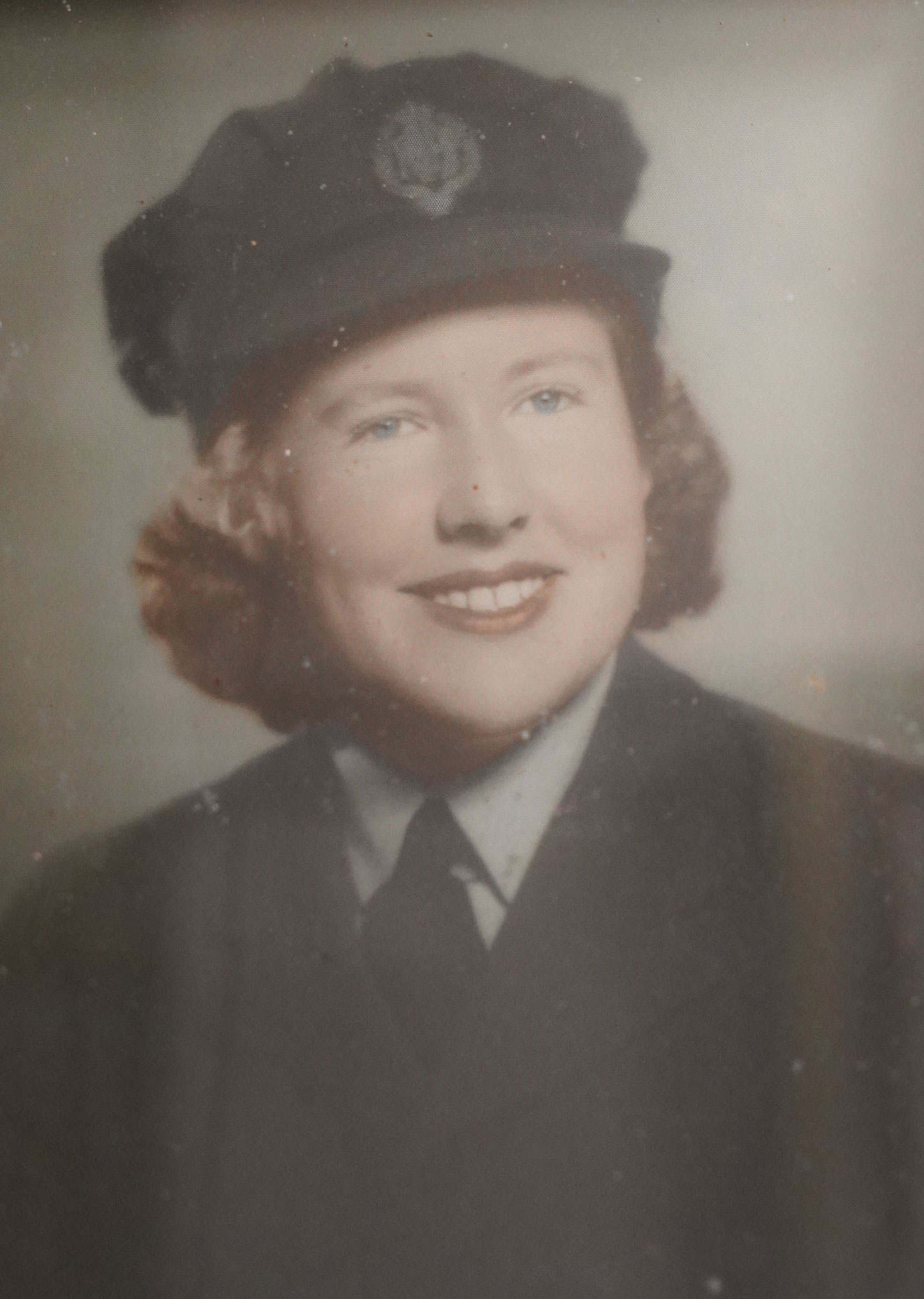
Mavis was a great believer in improving opportunities for women and was supported in this by her mother and father. By the time the war started, Mavis was working for a stockbroking firm. "We wanted to be seen as capable as men of doing many things." More importantly, her experiences during the war in Signals was not only about serving her country but showing that
"...we were the first to do it and it made an impression on many that women could do this."
Because she had already trained in Morse code, Mavis was rushed into active duty and sent to Laverton, Victoria next to the RAAF Williams base and near RAAF Point Cook. Her team was tasked as a "direction finder" and it comprised of six women who worked closely together around the clock as part of the 27,000 strong Women's Auxiliary Australian Air Force (WAAAF).
With her commitment to duty and attention to detail, Mavis was soon promoted to Corporal Wheeler.
Much of the work was top secret and even years later she is uncomfortable saying much about it.
When the war ended, she saw it as an opportunity to travel the world and spent the next seven years working in England as well as exploring Europe and Canada. In England she was disturbed by the devastation, especially in London, and that propelled her eventually back home to Sydney.
Mavis was born in New Zealand but had moved to Sydney when she was three years old and lived in one of the grand old houses in Longueville with a big side garden, orchard and tennis court. Best of all was the outlook where as a teenager Mavis had watched daily as history unfolded before her eyes:
"From the verandah we could see the building of the Sydney Harbour Bridge. You saw the arches coming together and you could see the men crawling over it and hear the steel beams being knocked into place."
Her coming home was joyous. "It was quite an occasion being with my father and my brothers. They all came to the wharf to greet me.” Unlike many women, Mavis refused to follow the narrow path into marriage and a family away from the wartime independence many women had revelled in. She soon found work back in the financial sector and remained working for a stockbroking firm for many years.
There she saw herself as a mentor to generations of younger women who had never enjoyed the unique opportunities that the war offered to Mavis and her peers.
Now 99 years of age, Mavis marked ANZAC Day this year along with fellow Narrabeen RSL ANZAC Village residents this year and although they may not be dancing in the streets as they were in 1945, they will still be remembering those they served with this 75th Anniversary of VP Day.
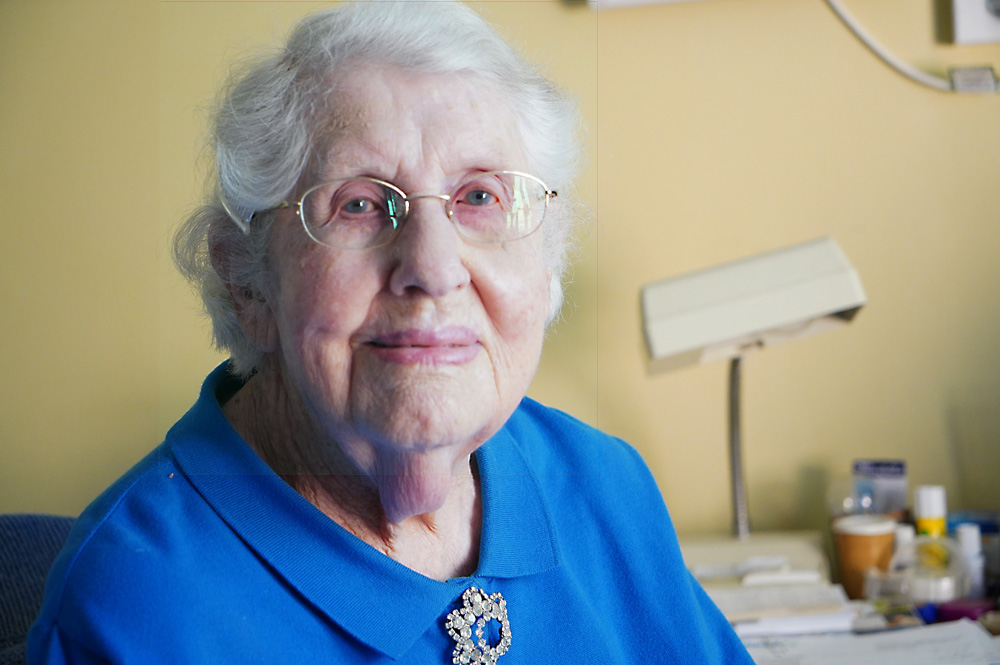
Mavis Wheeler in 2020
Licensed under Creative Commons Attribution 4.0+, from Register of War Memorials in NSW, 75TH ANNIVERSARY STORIES - NSW Government Department of Veteran Affairs.
Eugenie Allen
Signalwoman, Australian Army
“I was a hairdresser when we married, but I wanted to do something different."
Eugenie Allen married her husband during World War II, between his service in the Middle East and his service in New Guinea.
Eugenie’s fiancé spent two years and seven months in the Middle East. He bought gold for her wedding ring at an Arab stall in Cairo. He had it made with a pattern of roses and the words, ‘Until the day,’ which he signed at the bottom of all his letters.
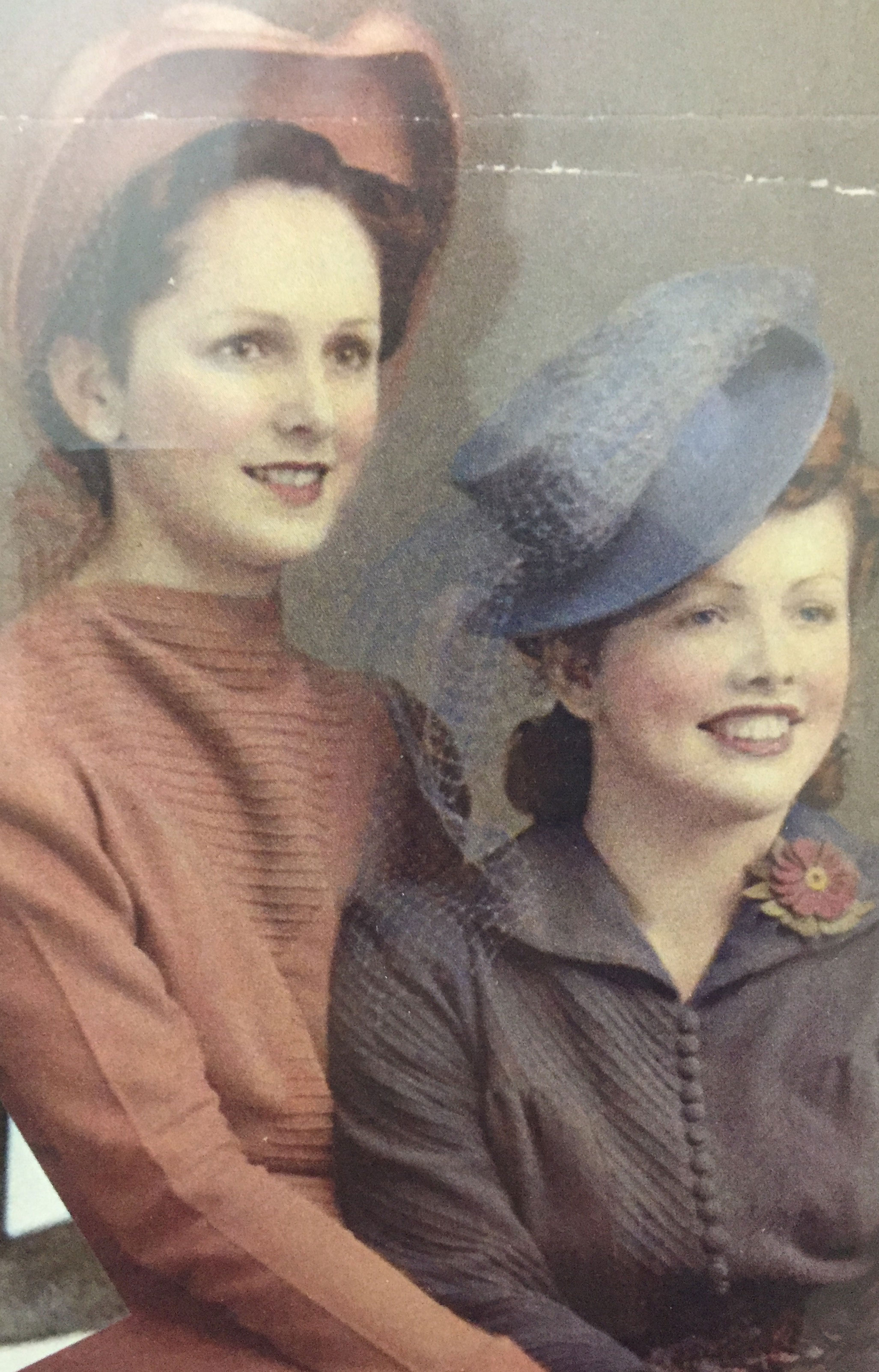
Eugenie Allen sitting on the right
“I was a hairdresser when we married, but I wanted to do something different. I wanted to learn. I enlisted in the Army, but I wasn’t patriotic I just wanted a change. Even though I was married, I was expected to live at home with my parents. I was angry at the whole situation. I felt like my life was on hold. I wanted the war over. You had to have your husband’s permission to join the Army. I wanted to go into Transport because they had much nicer uniforms, but my husband had taught me Morse code and I could do 20 words a minute. I applied for Signals and was sent to Balcombe Army Camp in Victoria.”
“There weren’t many messages to send and there wasn’t much work for women to do. It was boring sitting with a bunch of girls just fiddling, so I volunteered to learn switchboard. “We travelled to the middle of Melbourne and were taught by the girls at Colonial Sugar Refinery and Adelaide Steamship Company. It was one of the highest points of the war for me, learning the switch at Adelaide Steamship. I had a while to wait before travelling back to camp, so they taught me to type too.”
Eugenie’s first real Army job, working the switchboard at the Army base in Bandiana, earned her a place on the Bandiana War Memorial. “My name is the second name on the list with Allen being high in the alphabet.”
Eugenie went from the switchboard at the Army base in Bandiana to bustling Victoria Barracks in Sydney.
“People would call to speak to Colonel So-and-So and I’d say, ‘Hold the line’ and patch them through,” said Eugenie. “The important Officers had their own lines out.”
“Sometimes I was told, ‘What a lovely courteous person there was on the board.’”
“When I went to Victoria Barracks, we all had to do basic training and learn how to go through a house that was gassed,” said Eugenie. “You went into the house and they released the gas. You were told to remove your mask and not put your hands to your eyes. The place was in darkness.”
“I only had to do it once, but the training officer had to do it every week. Knowing that gave me courage.”
Many years after World War II, and after her children had grown up, Eugenie was able to use her switchboard and typing skills for a number of organisations throughout Sydney including King George Hospital, Mona Vale Hospital, Blackfriars Correspondence School and Channel 10.
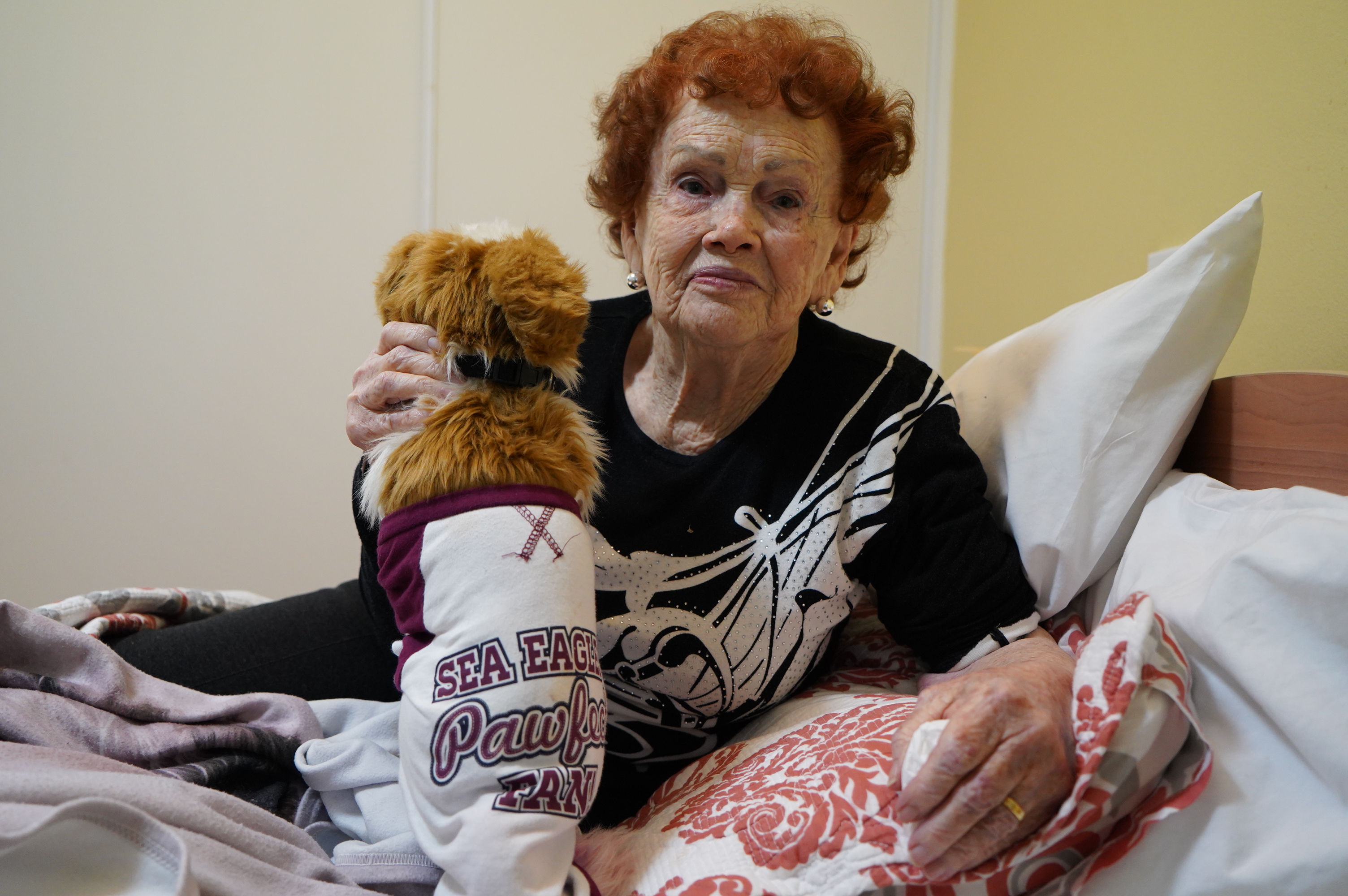
Eugenie Allen at home in 2020
Licensed under Creative Commons Attribution 4.0+, from Register of War Memorials in NSW, 75TH ANNIVERSARY STORIES - NSW Government Department of Veteran Affairs.